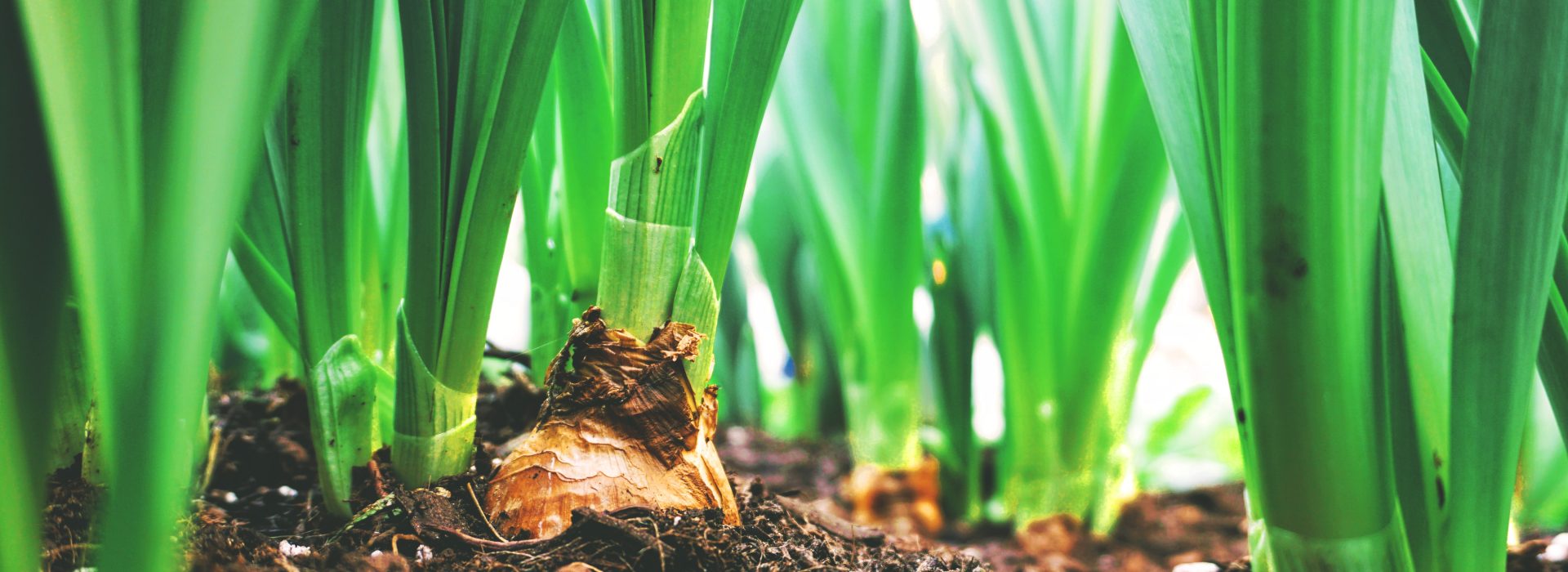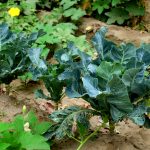Cover crops play a crucial role in sustainable farming, offering numerous benefits to both the soil and the overall farming ecosystem. This article, based on insights from the video “Creative Cover Cropping for Annual Farming Systems” by UCANR, delves into the importance, types, and management of cover crops in annual farming systems.
What are Cover Crops?
Cover crops are plants primarily grown not for harvest, but to enhance soil health, control erosion, and manage water, weeds, pests, and diseases. They are typically cultivated during off-season periods when soils might otherwise be left bare, providing a protective cover that offers numerous benefits to the agroecosystem.
Types of Cover Crops
The video discusses several types of cover crops, each with its unique benefits and suitability to different conditions. These include:
- Legumes: Examples include vetches, bell beans, and field peas. These crops are known for their ability to fix atmospheric nitrogen in the soil, a process facilitated by rhizobia bacteria that form nodules on the roots of legumes.
- Non-Leguminous Plants: These include grasses, mustard, buckwheat, and others. While they don’t fix nitrogen, they offer other benefits such as weed suppression and soil structure improvement.
Benefits of Cover Crops
Cover crops offer a multitude of benefits to the soil and the overall farming ecosystem:
- Soil Health: They improve soil structure and increase organic matter content, reducing soil compaction and enhancing root penetration.
- Water Management: Cover crops increase the infiltration of rain and irrigation water, reducing runoff and erosion. They also improve the soil’s water-holding capacity, promoting efficient water use.
- Pest and Disease Management: Some cover crops can suppress plant pathogens and nematodes, reducing the need for chemical pesticides. They also suppress weed growth, minimizing the need for herbicides.
- Beneficial Insects: Cover crops can provide habitats for beneficial insects, contributing to natural pest control.
Managing Cover Crops
Effective management of cover crops is crucial to maximizing their benefits. This involves understanding the right type of cover crop for your soil and climate, the need for irrigation, and the timing of tilling. The video also discusses the concept of no-till farming and the potential benefits of leaving cover crop residues on the soil surface.
Considerations for Using Cover Crops
While cover crops offer numerous benefits, their use requires investment in terms of money, water, time, and care. It’s also important to note that when a cover crop is growing, a cash crop is not, representing an opportunity cost to the farmer. Therefore, farmers must carefully consider the potential benefits and costs before deciding to use cover crops.
Resources for More Information
For more detailed information on cover crops, the video recommends consulting resources from land grant universities and the US Department of Agriculture. The University of California Sustainable Agriculture Research and Education Program’s cover crop database is also highlighted as a useful resource.
In conclusion, cover crops are a valuable tool in sustainable farming, offering numerous benefits to the soil and the overall farming ecosystem. With careful selection and management, they can significantly enhance the health and productivity of your farm.












